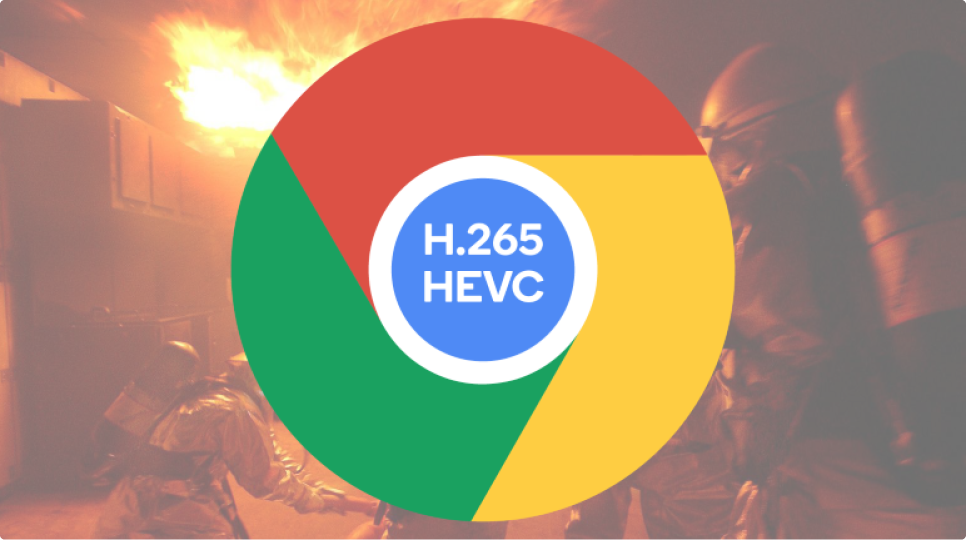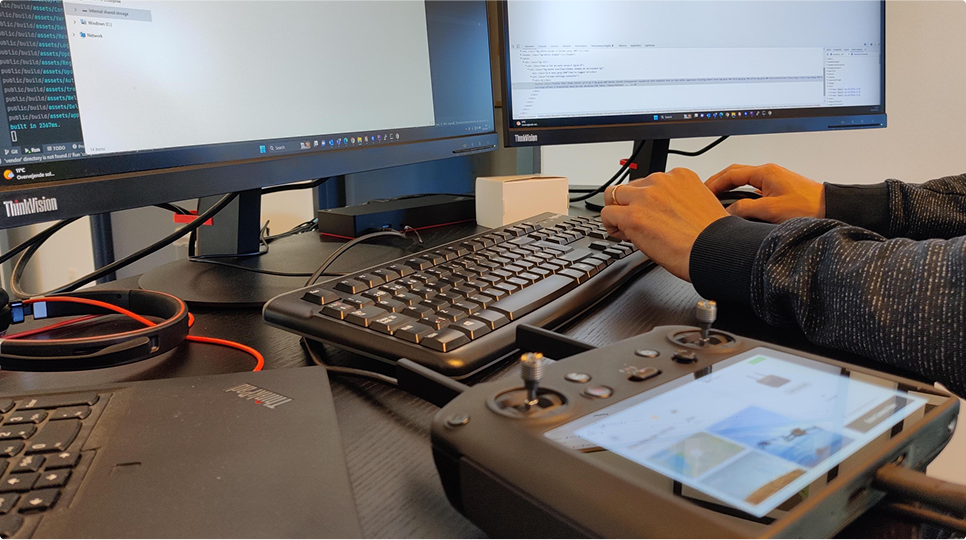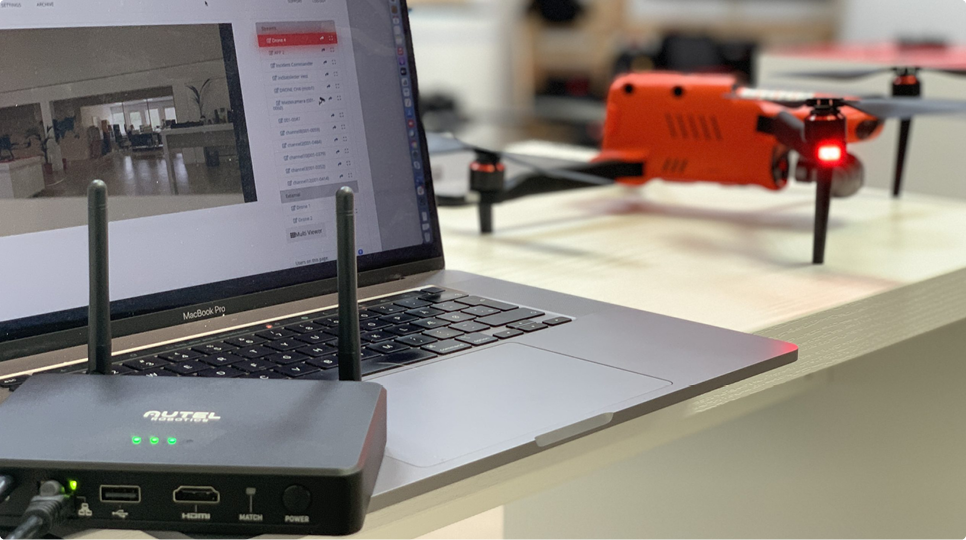Google has added HEVC support in Chrome
In their latest update, Google has turned on HEVC support in their browser. HEVC stands for High Efficiency Video Coding but is referred to as often as h.265.

The H.265 codec improves video quality in challenging network conditions using much better compression technology, which allows you to send higher quality video at a lower bandwidth.
With h.265, compression is improved by up to 50% compared to h.264. This has a huge impact with live streaming especially from areas with poor mobile coverage.
This is a long-awaited feature for us, since our primary focus is to create solutions that help emergency services and similar services receive high image quality with as low latency as possible over regular mobile infrastructure (3G, 4G, 5G). This means that we can now make it possible to stream in HEVC (h.265), directly from our IncidentShare app. For our users, this will mean better streaming from your device when you use our IncidentShare app or stream from a vehicle.
HEVC has been around for a while now, but it’s only become a standard in Google Chrome recently. For Edge users there is also good news. Users with the latest version of Edge can also start using HEVC to stream. Previously, we have used the h.264 file format for live stream, but now that there is support for HEVC we are starting to use this. Below you can see a step-by-step guide that helps you to use HEVC instead of h.264.
GUIDE: How to turn on HEVC in the IncidentShare app
Here we guide you on how to turn on HEVC instead of h.264. You will experience faster and better live streaming, even with poor connectivity. In the future, this will become the default setting in the app.
If you don’t already have access to IncidentShare and our app then you can request a trial version by contacting our sales department
- Access your Incidentshare app (either via Google Play, or Apple’s App Store)
- Tap Broadcast
- Tap Settings
- Choose Video
- Scroll down to Format under Encoder
- Select HEVC
- Congratulations, you are now streaming in HEVC format.


